Mar 30, 2011 | Counterfeit Paradises, Society
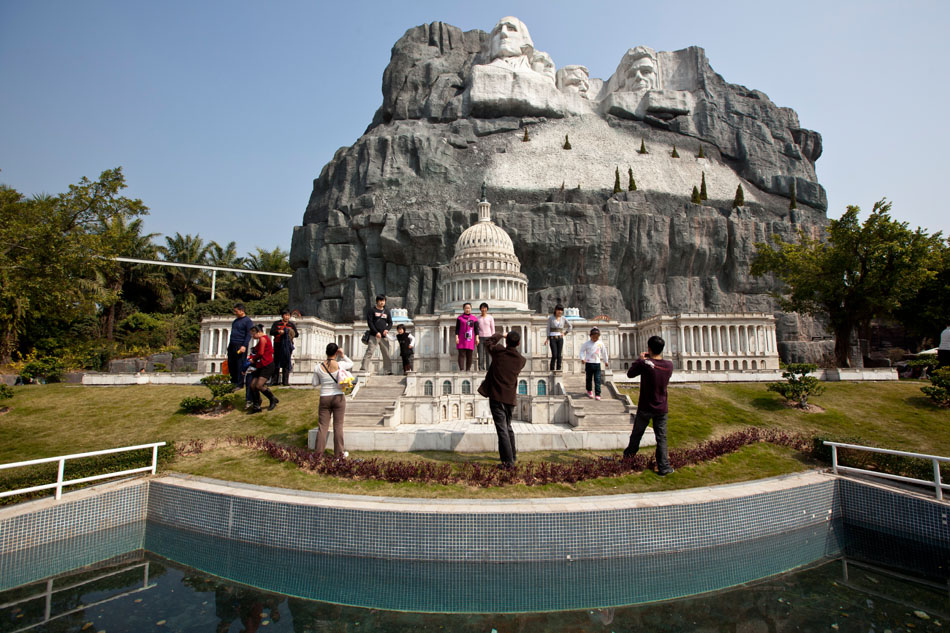
International vacations are a must for the burgeoning number of nouveau riche across China. A well-used passport is a sure sign of fulfilling a “modern” and “cultured” lifestyle and completes the trifecta of high social status along with ownership of multiple homes and foreign luxury cars. Even in the face of the global economic downturn, China continues to boast the fastest growing outbound tourism market in the world. In 2009, the average expenses paid by Chinese for international travel went up 21% and will continue to grow as more and more flex their purchasing muscle. In Shenzhen, however, a favorite travel destination remains the Windows on the World. A short subway ride from the city center, the park boasts over a hundred small-scale replicas of famous monuments and buildings from all over the world. Here Chinese can fantasize about visiting foreign countries and practice taking tourist photographs. This make-believe space is one of consumer indoctrination and a selling point for a notion of civility that will most likely prove as empty as other social movements in China’s past.
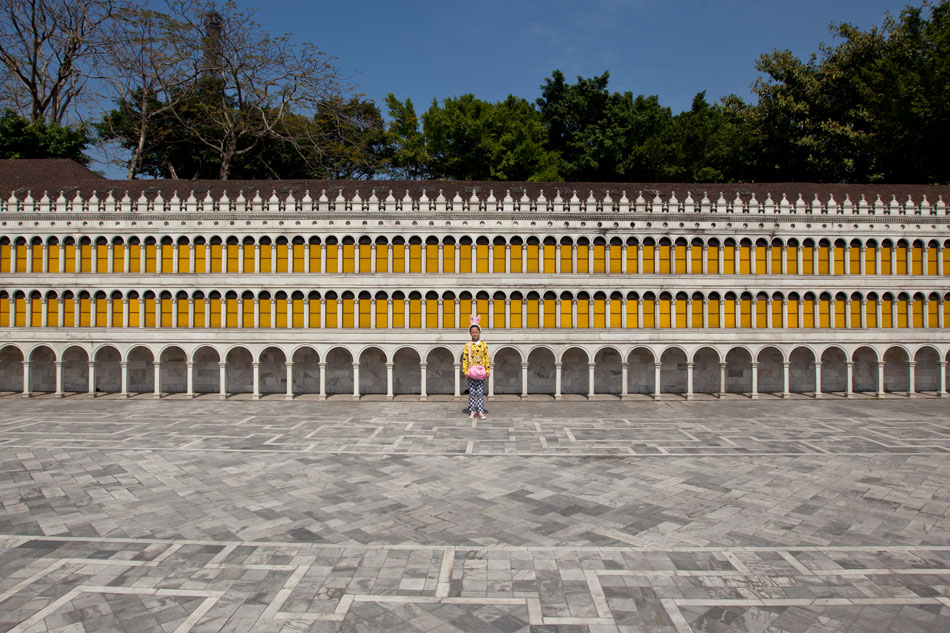
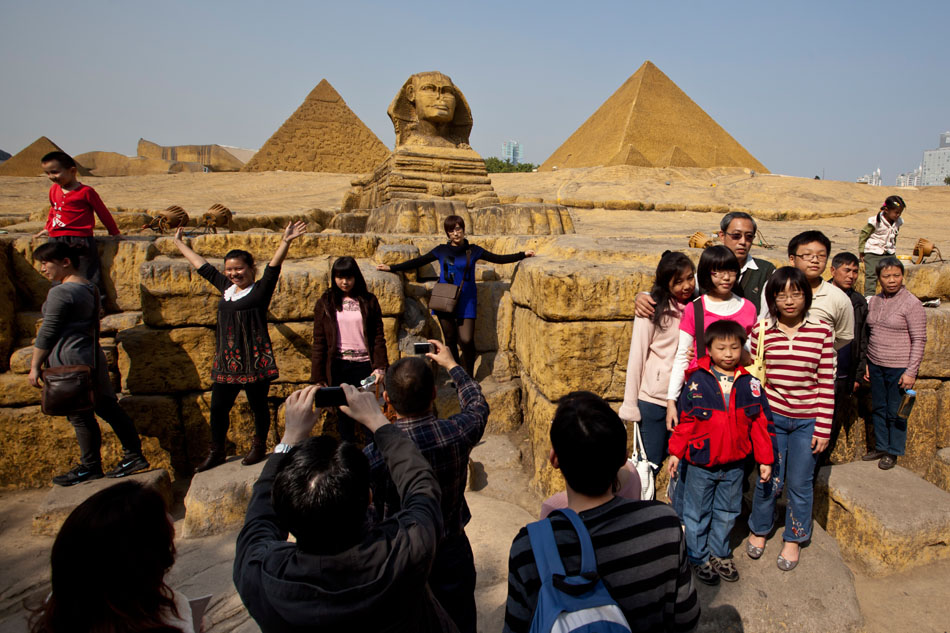

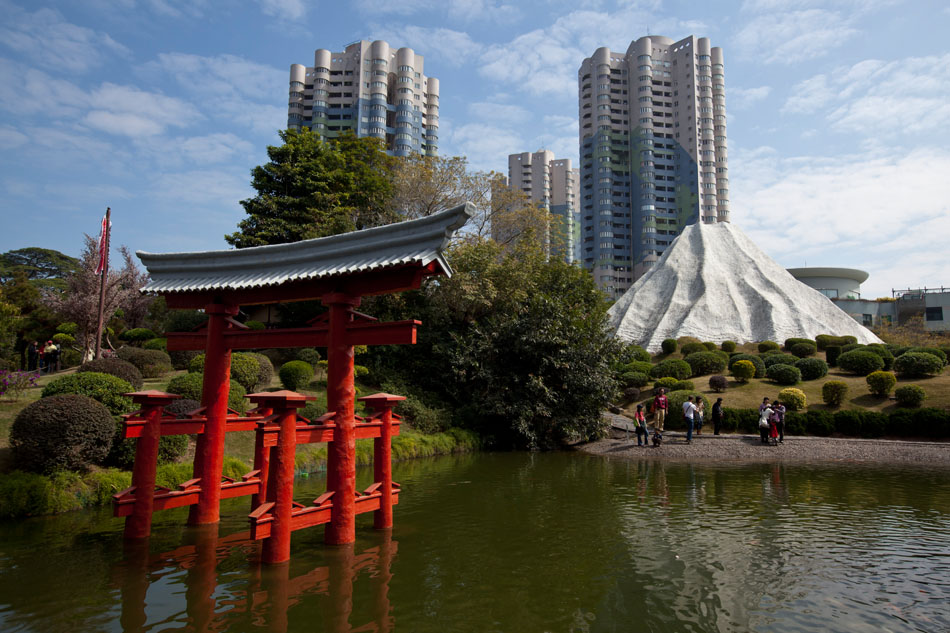
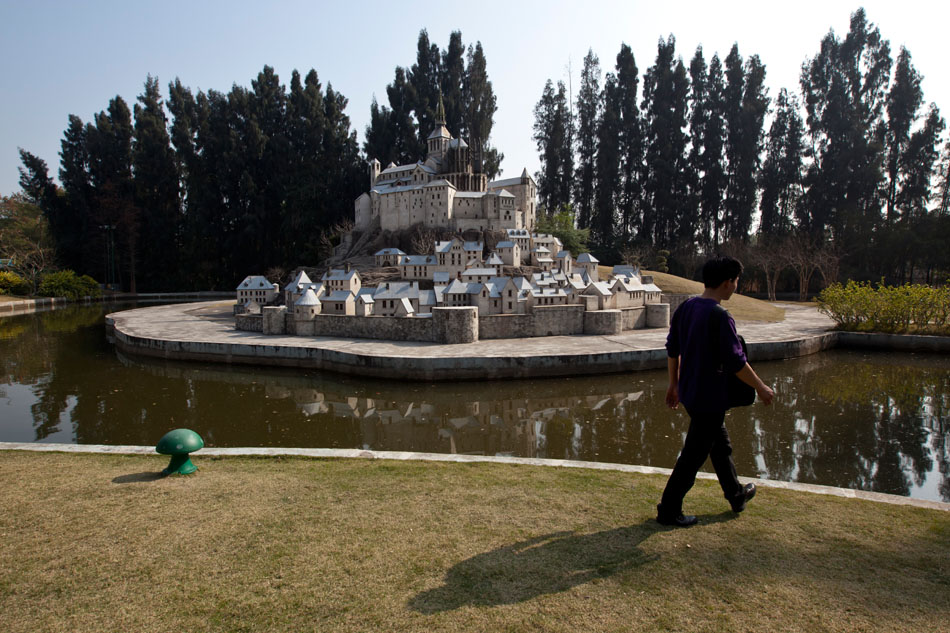

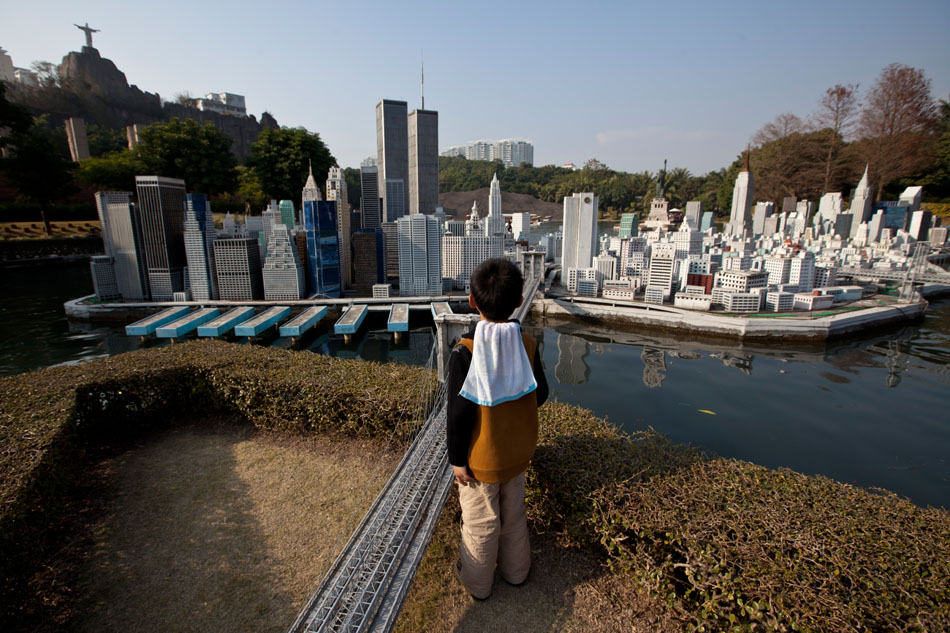
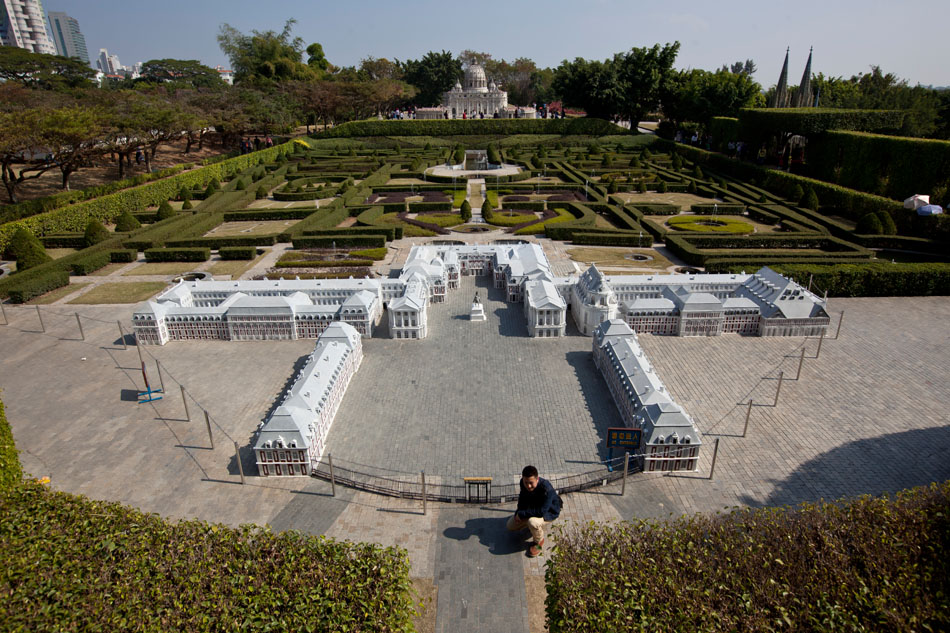

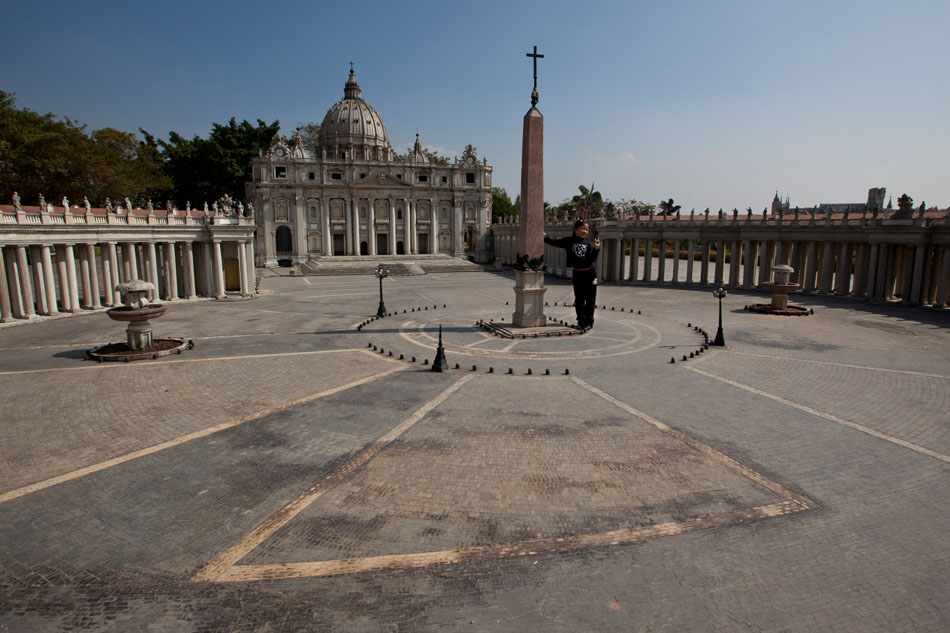

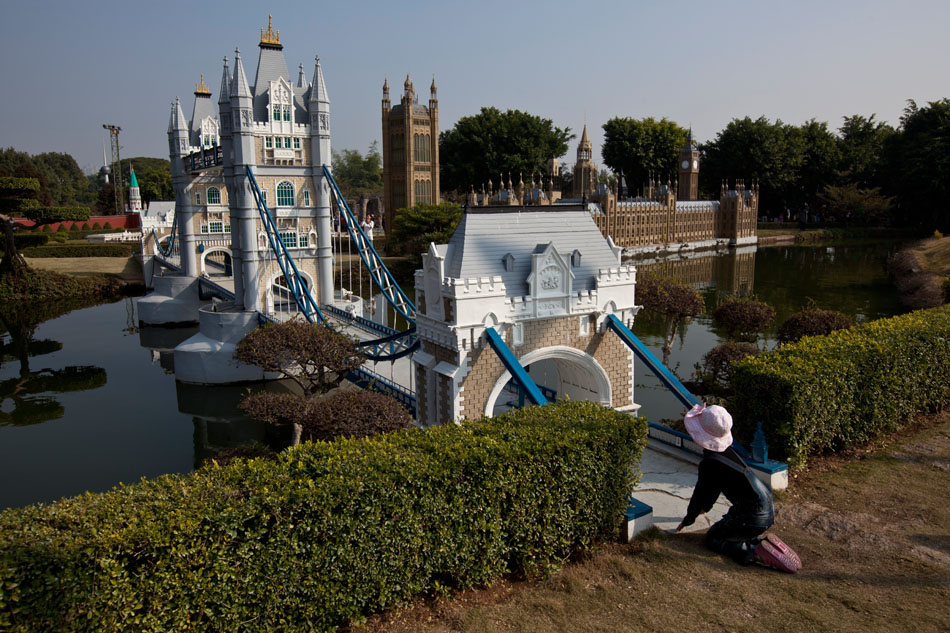
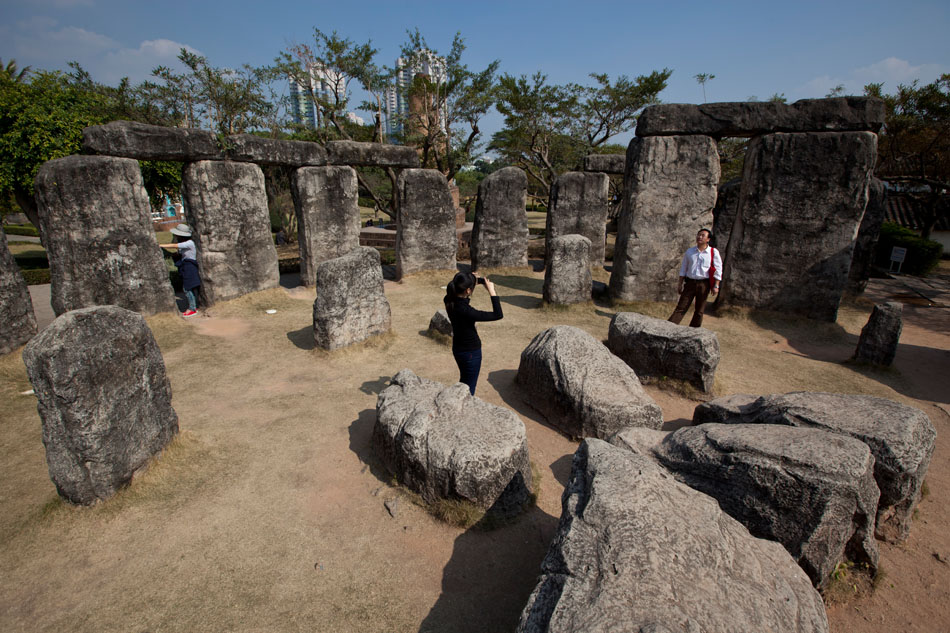
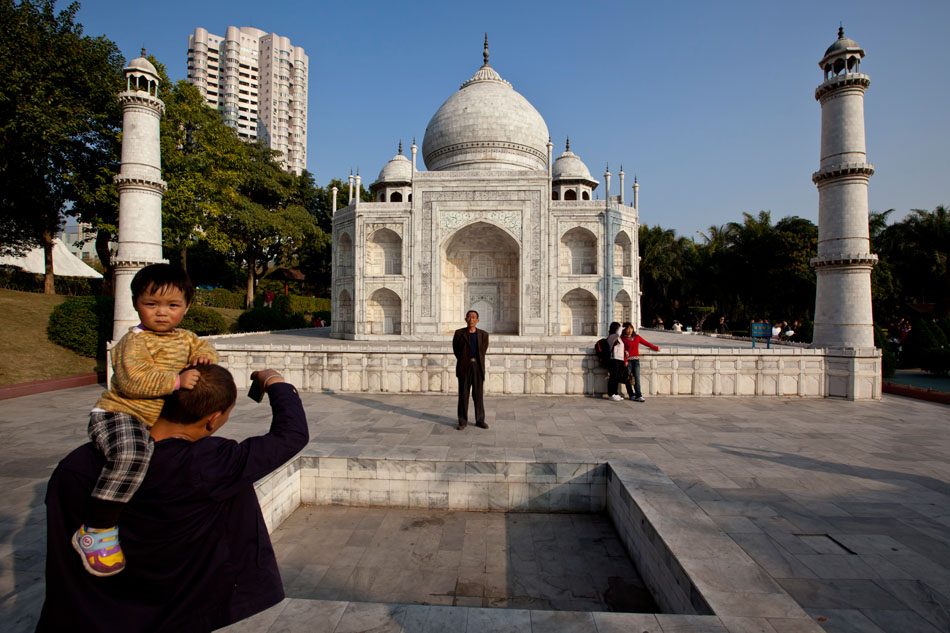
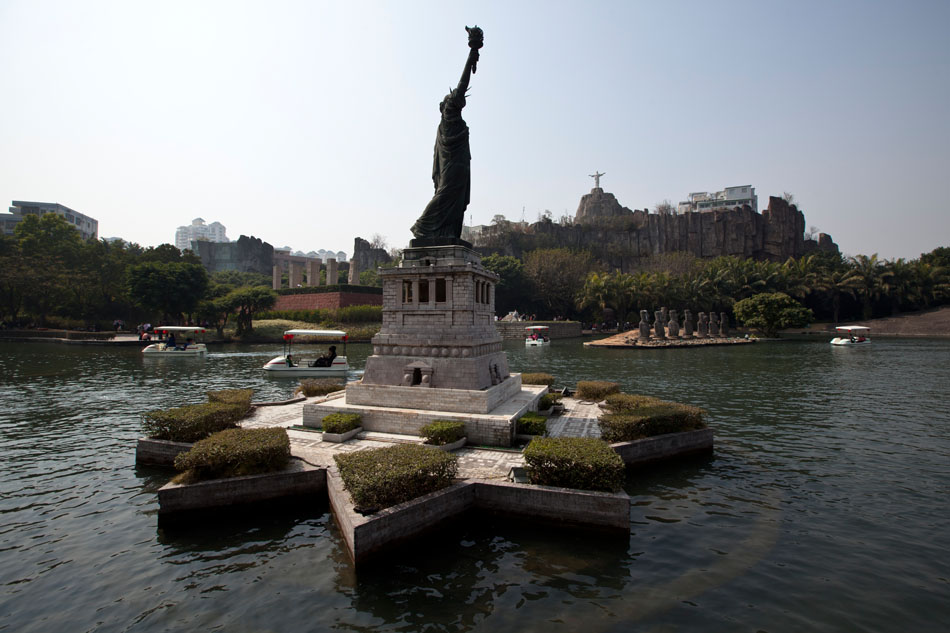
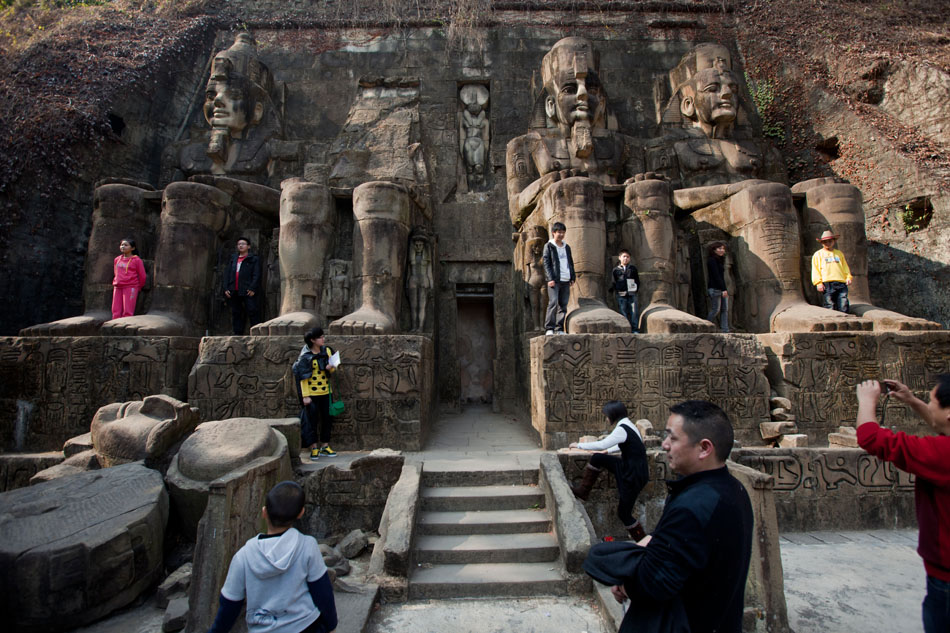
Dec 3, 2010 | Art, Travel
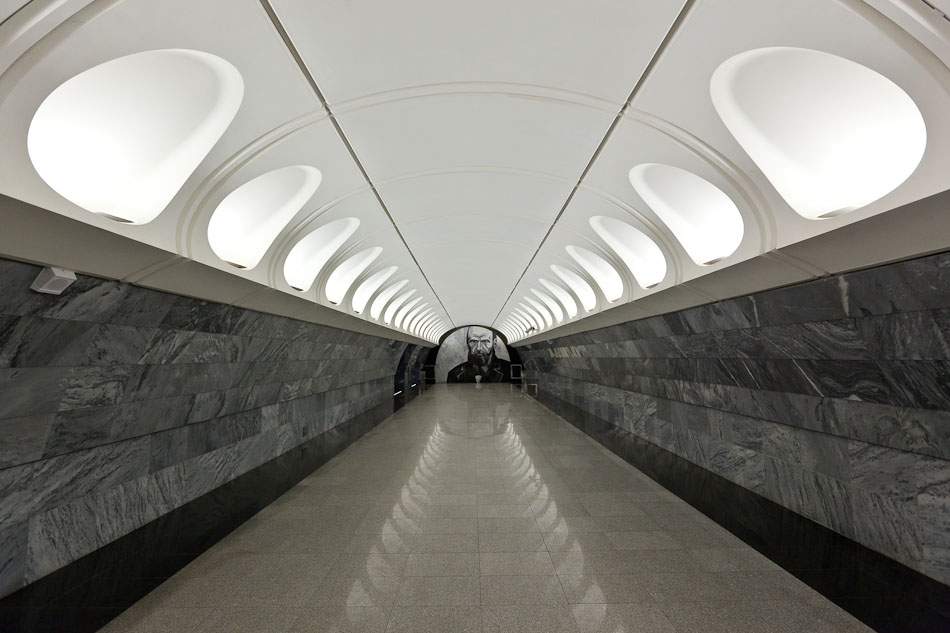
Moscow bears the historical stigma of a brooding city fringed with murder, corruption and greed. Now these grim trappings of the Russian psyche have found a home underground. The Dostoevskaya Moscow Metro station, named in honor of Russia’s dark prince of literature, delves into the most gruesome nooks of Dostoevsky’s oeuvre. The graphic nature of the murals even went so far as to delay its opening earlier this year. A prominent Russian psychologist, Mikhail Vinogradov, declared before the unveiling, “The deliberate dramatism will create a certain negative atmosphere and attract people with an unnatural psyche.” There is no doubt that death hangs heavy over the polished marble of Dostoevskaya with depictions of Raskolnikov wielding an ax against an elderly pawnbroker and her sister from Crime and Punishment and the suicide-obsessed Kirillov holding a gun to his head from The Demons. Concerned Muscovites fear the station might become a magnet for those contemplating suicide, adding to the almost eighty committed on a yearly basis in the Moscow Metro. However, after my own visit, I felt such concerns are unwarranted. The entire station inspired a sense of reverence and awe. I felt like I was meandering through a church instead of a public transportation hub. The aura of Dostoevskaya was only punctured when a train screeched into the station and let off another teeming load of commuters. The artist behind the murals, Ivan Nikolayev, remains rightfully unapologetic, “What did you want? Scenes of dancing? Dostoevsky doesn’t have them.”
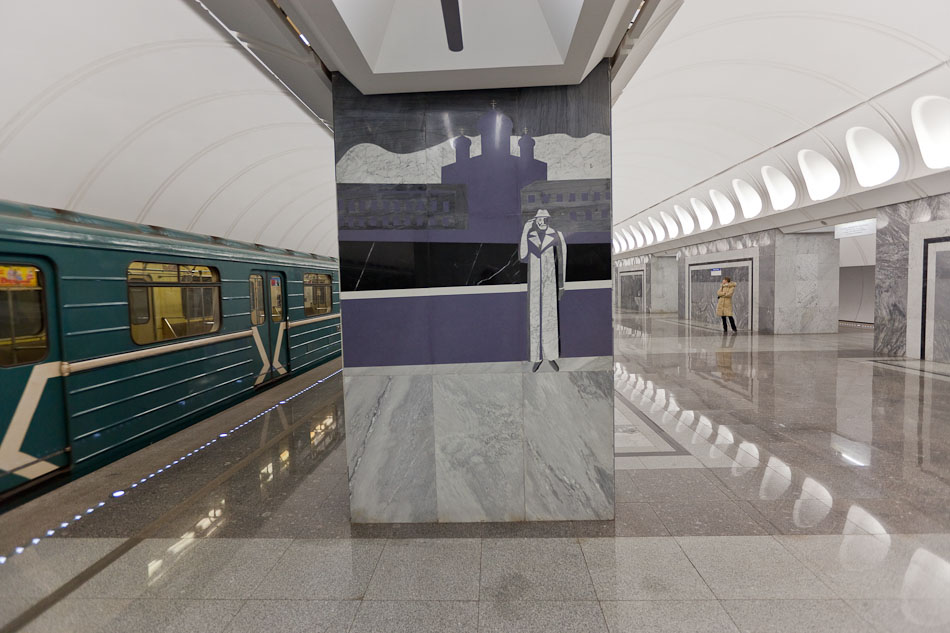
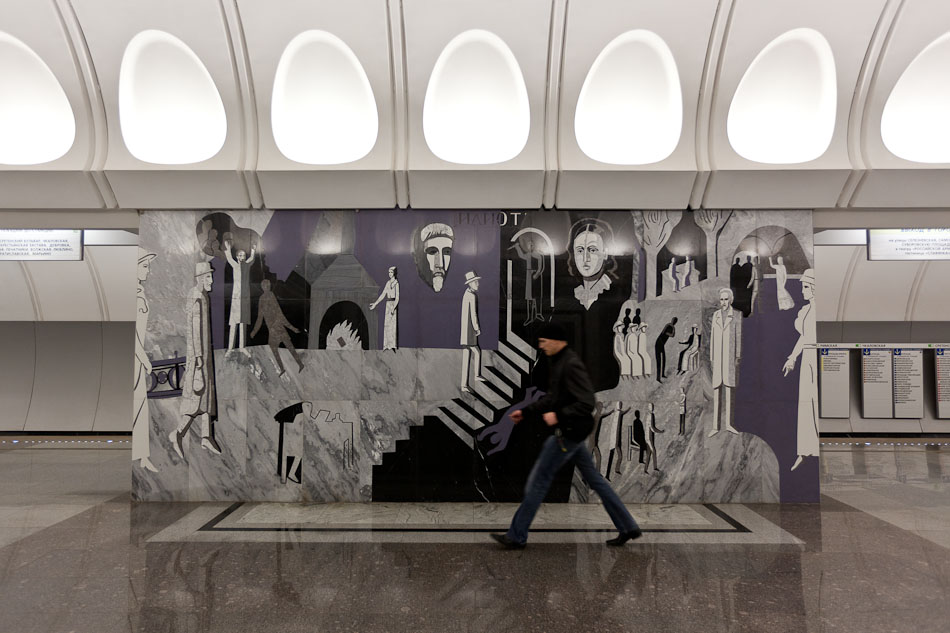

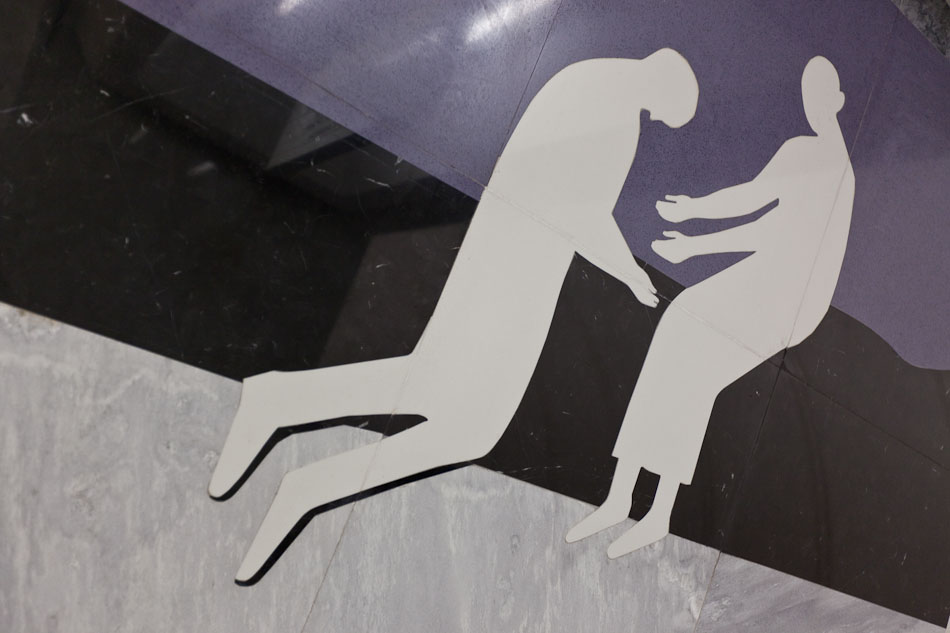
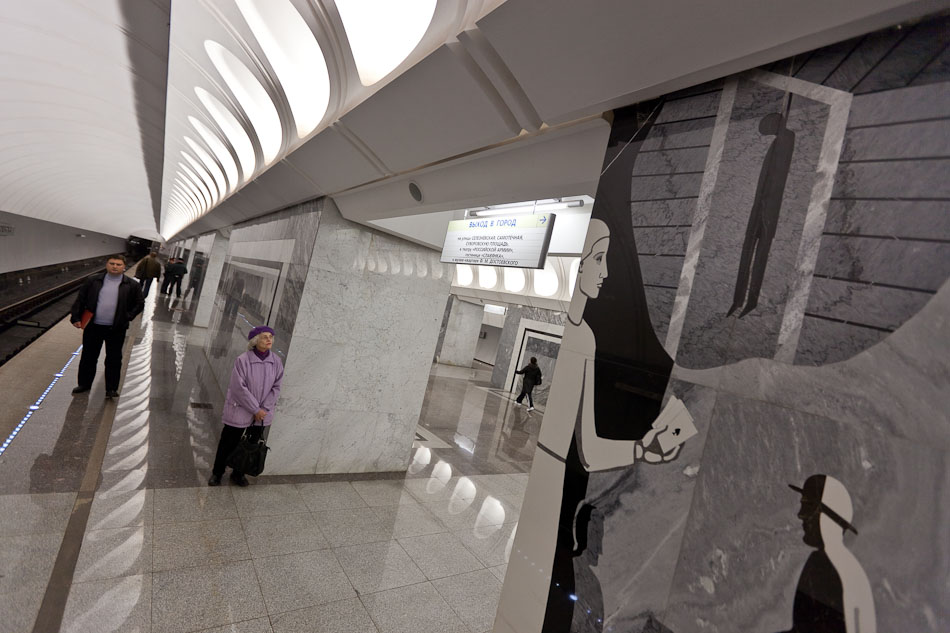
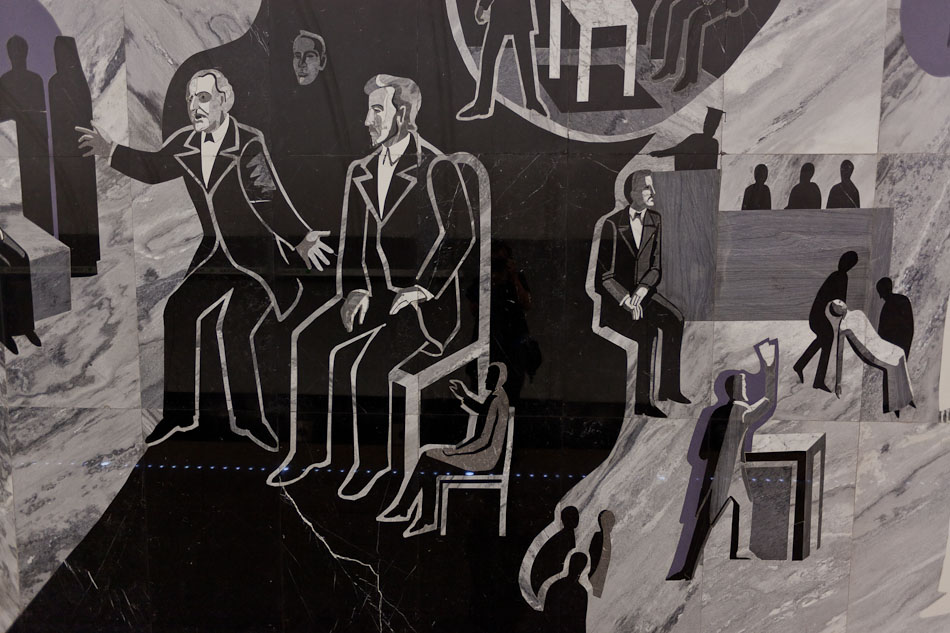
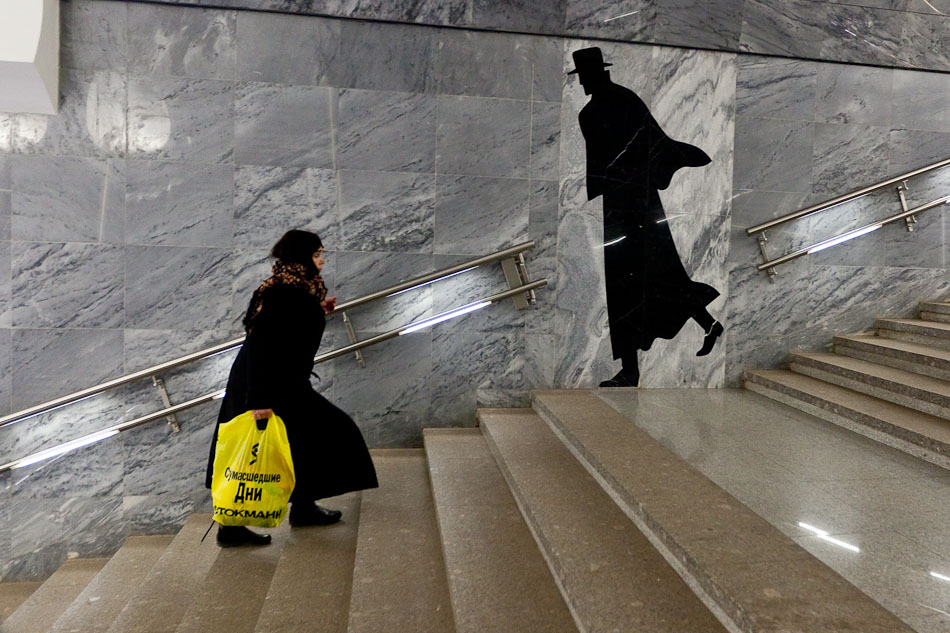
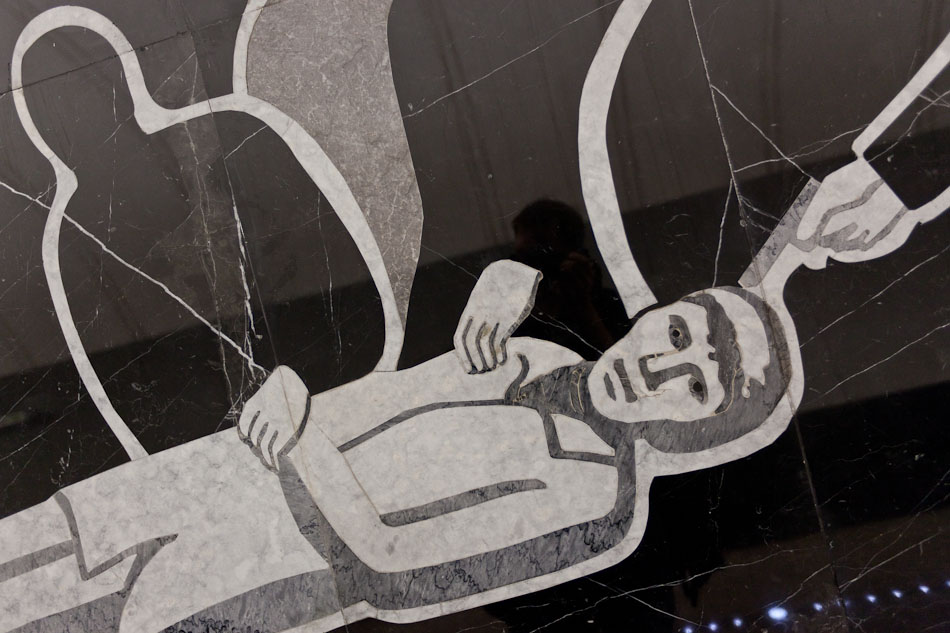
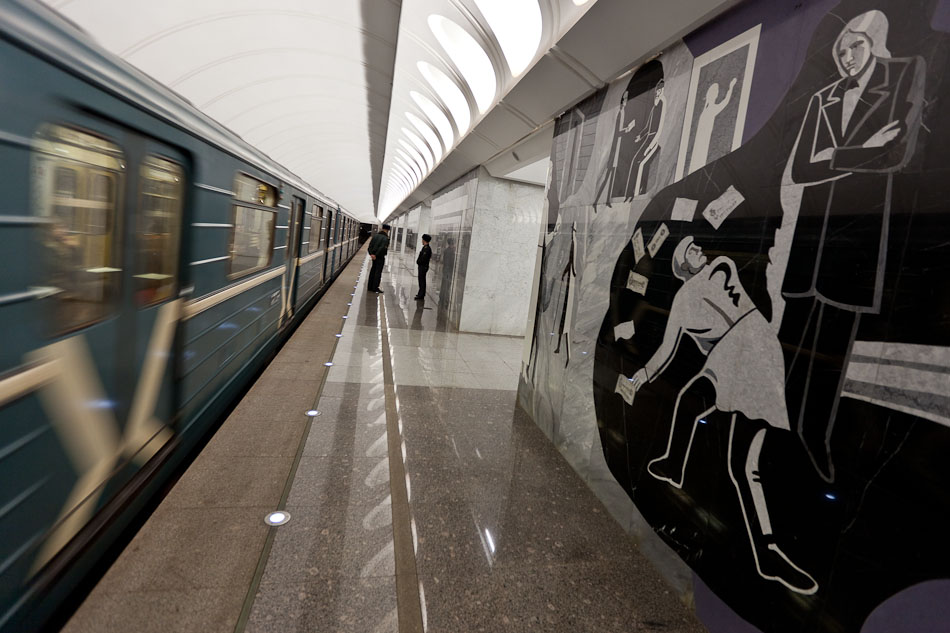
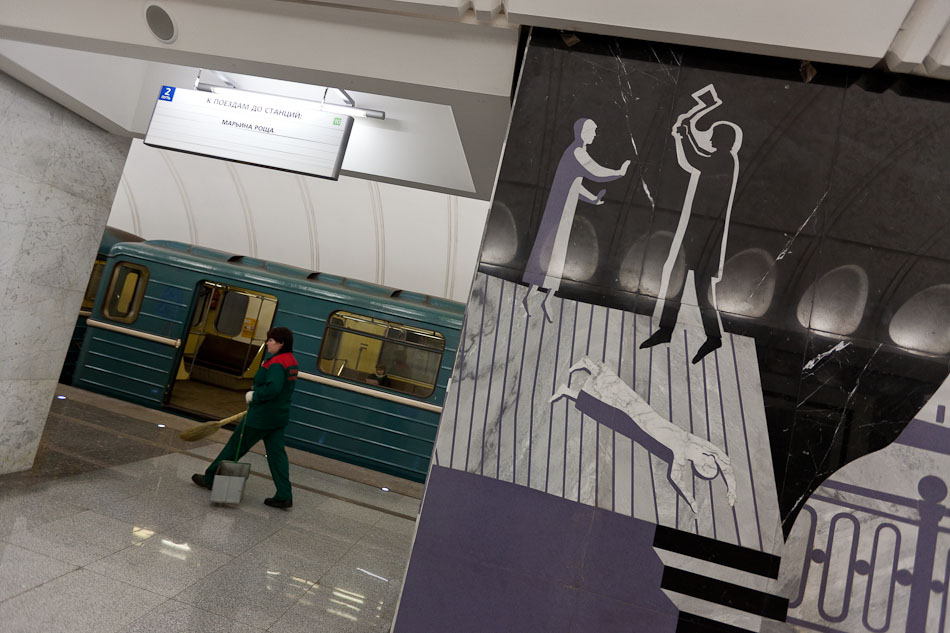
Nov 11, 2010 | Counterfeit Paradises, Society
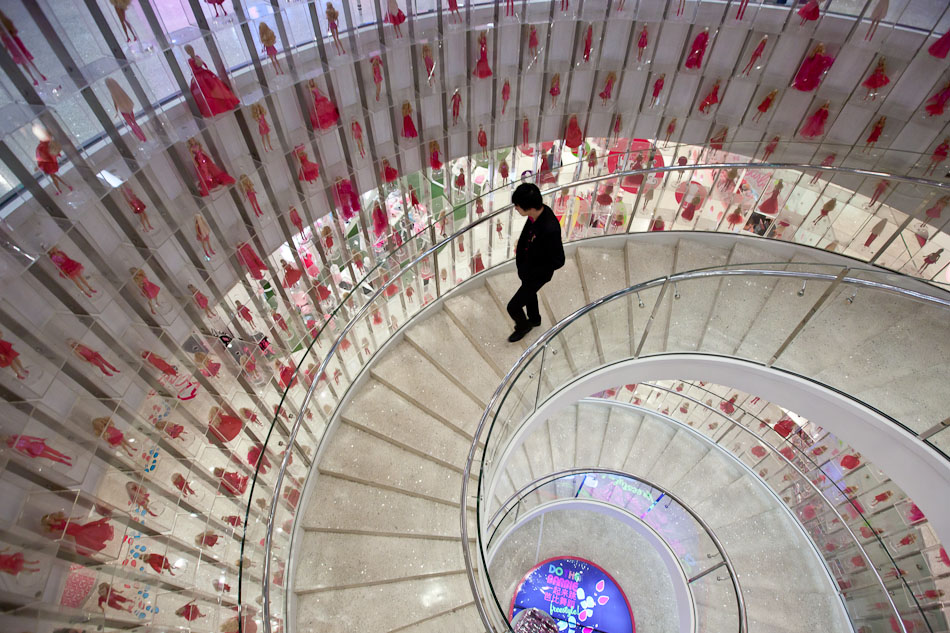
Just days before Barbie’s 50th birthday last March, the House of Barbie opened its doors in Shanghai and introduced China to over six floors of Barbie merchandise and services that catered to almost every need of a Barbie-princess-in-training. It was a full on Barbie assault from the start as you rode an entrance escalator bathed in pink light with the sound of giggling girls playing in the background. Aside from a daunting array of Barbie doll varieties, there was also a Barbie spa offering services such as the Plastic Smooth facial or Barbie Bust Firming treatment, a Barbie catwalk where girls can dress up as Barbie and put on their own fashion show, a Barbie design center where creatives can produce a custom-made Barbie, and a Barbie Cafe complete with Barbie-themed food and a pink martini bar. The Barbie spearhead into China came with a US$30 million dollar price tag and huge expectations. Sales of Barbie continue to fall with the financial downturn and Mattel International is counting on China to pick up the slack. With the spa and martini bar, the House of Barbie also hopes to stir up interest amongst older women in China who otherwise wouldn’t be targeted in western markets. Major designers such as Vera Wang, Patricia Field of “Sex and the City” fame, and handbag maker Judith Lieber all contributed to the merchandise including a US$15,000 Barbie wedding dress. Barbie, known as “Ba Bi Wa Wa” in Mandarin, still faces plenty of hurdles without the pedigree heritage she enjoys in western countries. Despite initial enthusiasm for the business model, Mattel was forced to downgrade sales expectations by 30% within the first six months of opening the House of Barbie. The interest is there, but whether or not Barbie can have her way with China and engender a new generation of Barbie princesses is yet to be scene. Check out more coverage by the Wall Street Journal and BBC as well as a CNN report detailing a blow-by-blow account of trying to spend twelve hours straight in the House of Barbie.
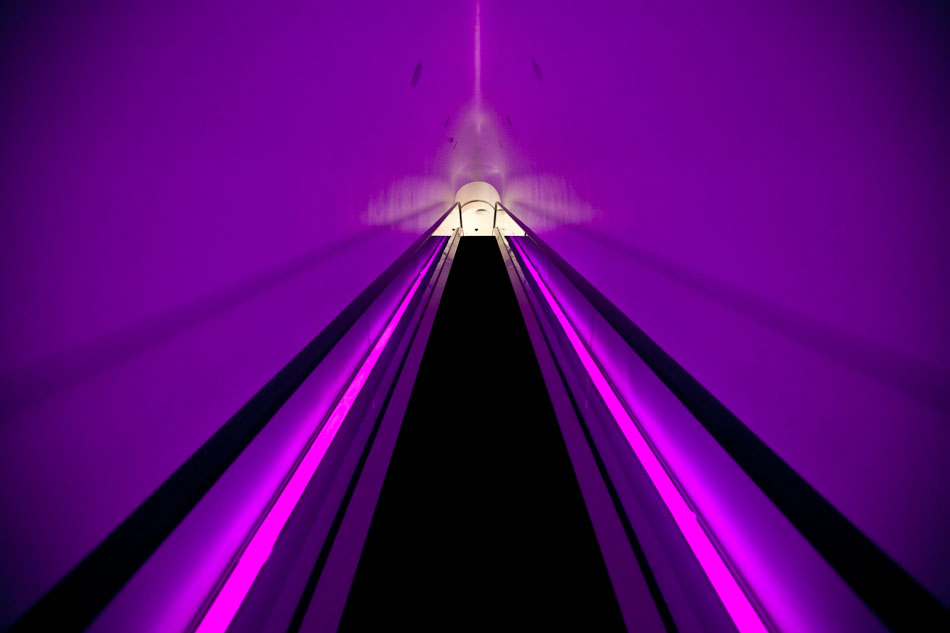
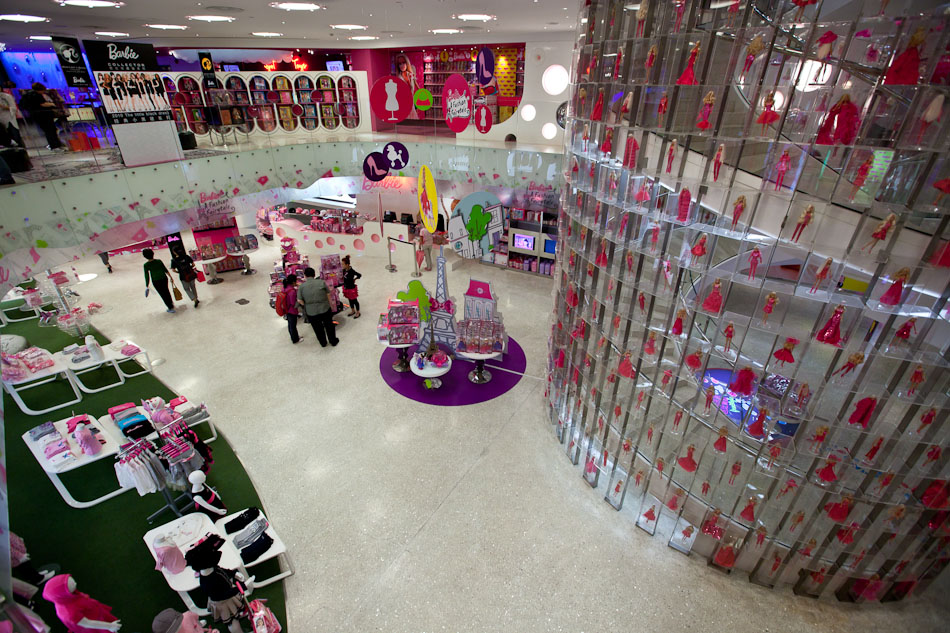
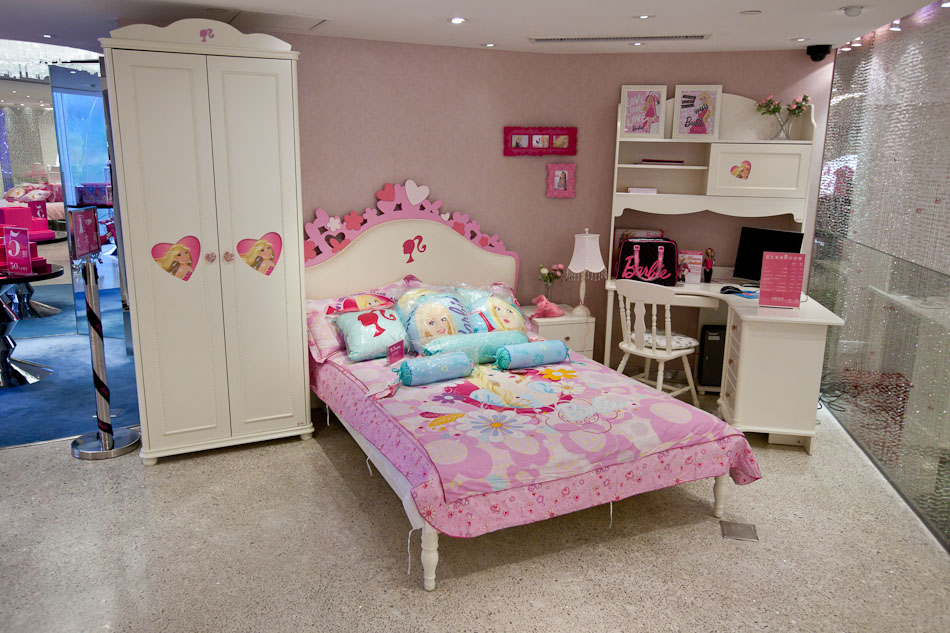


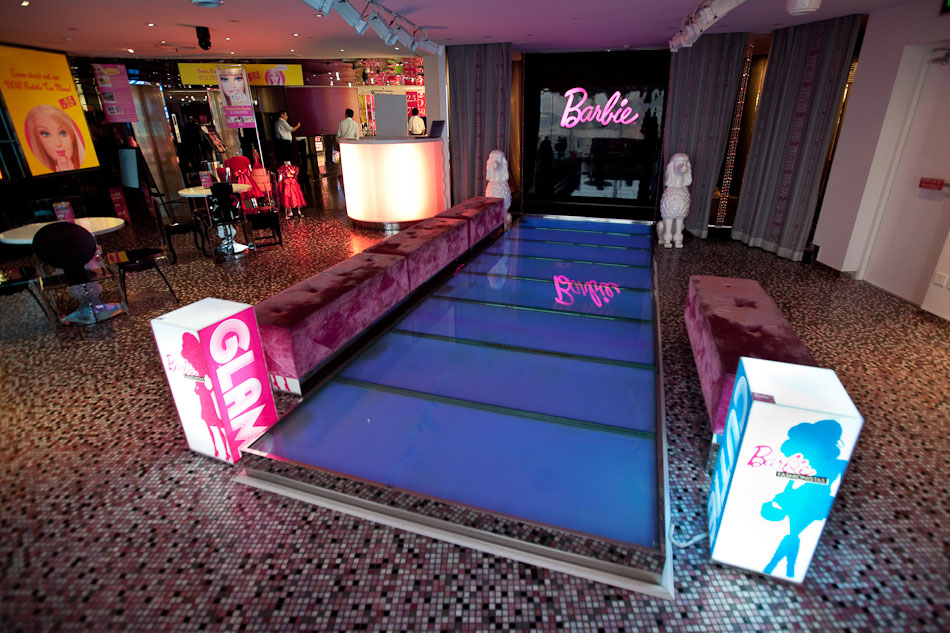
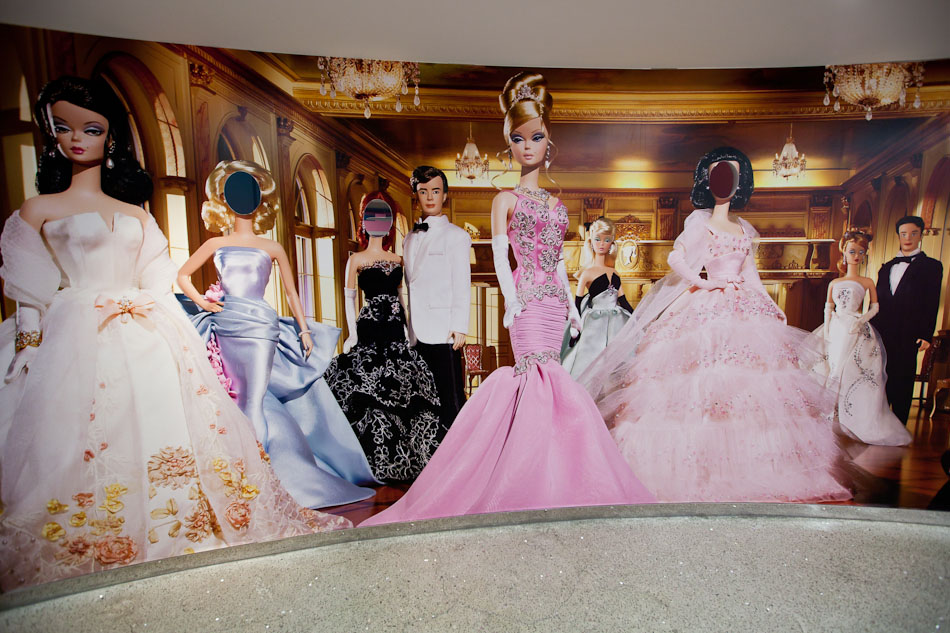


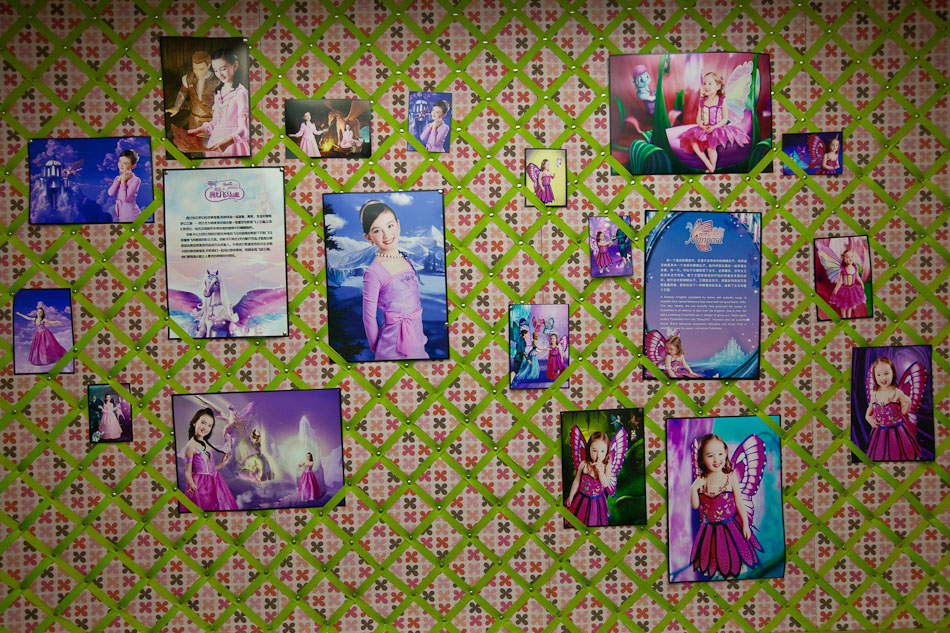

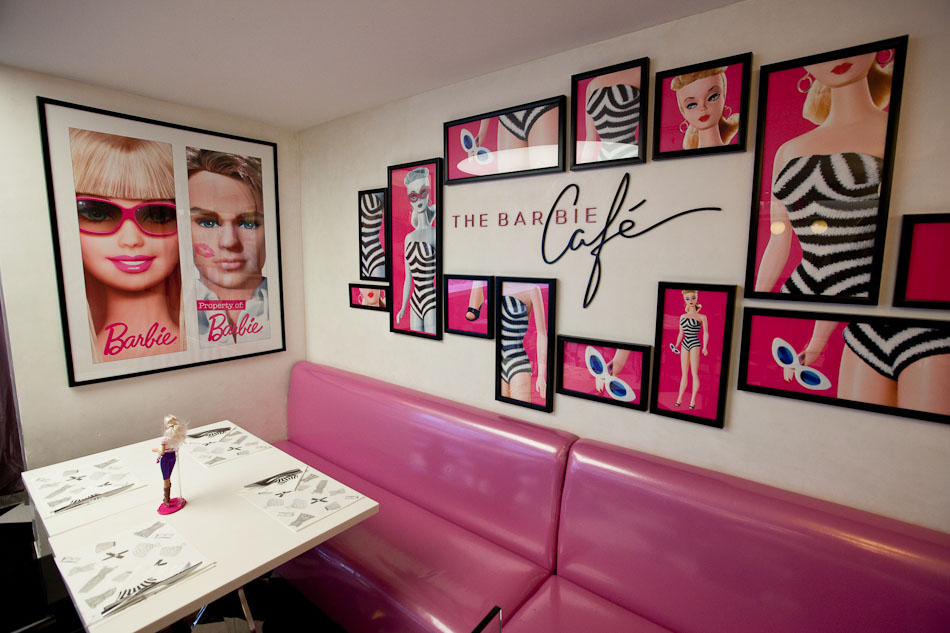
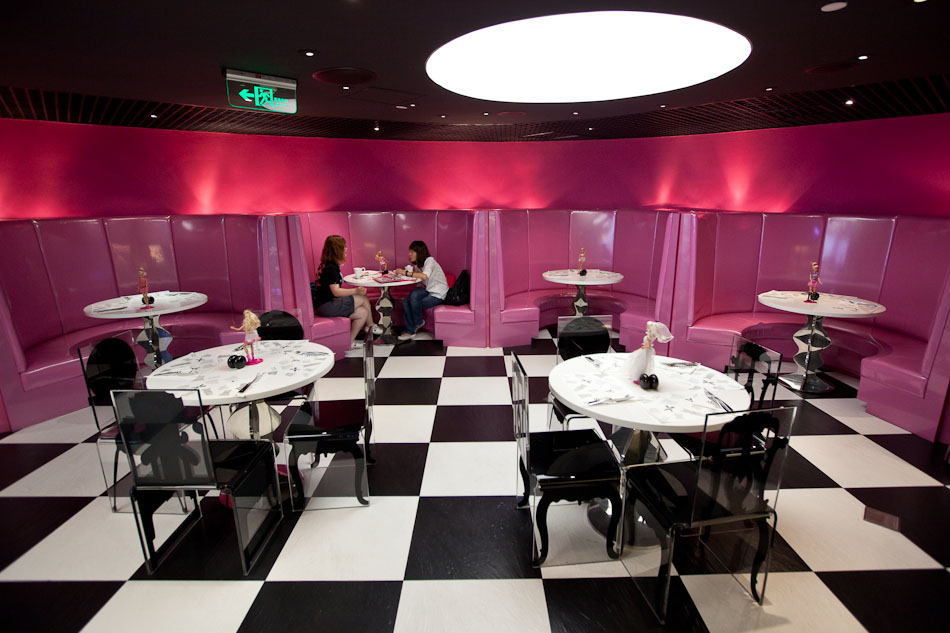
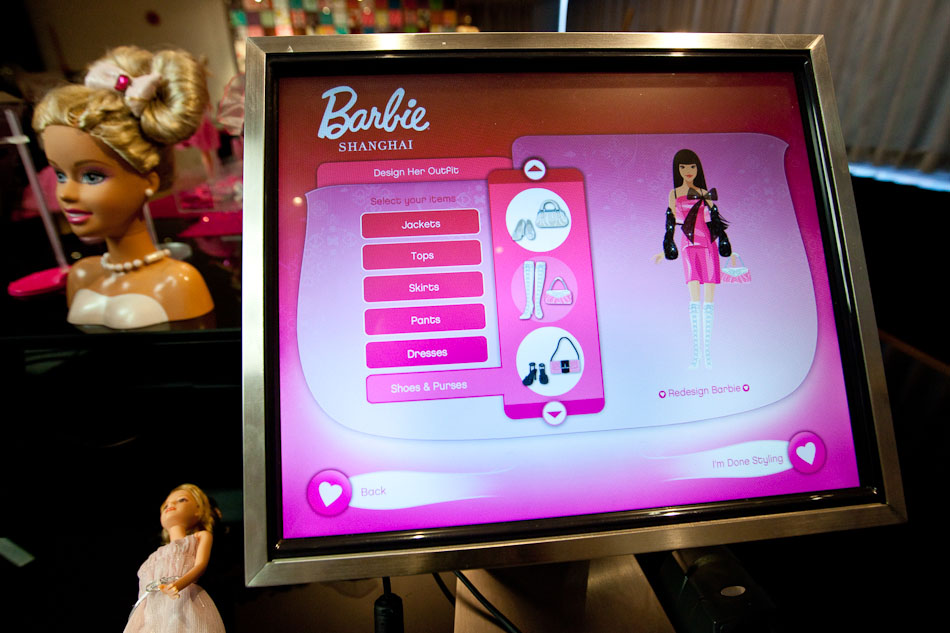
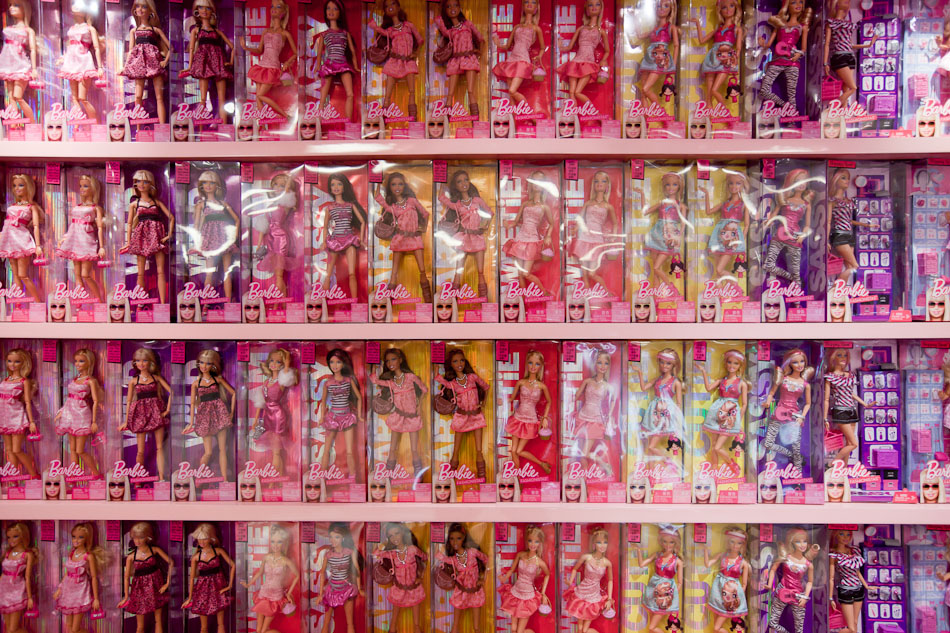
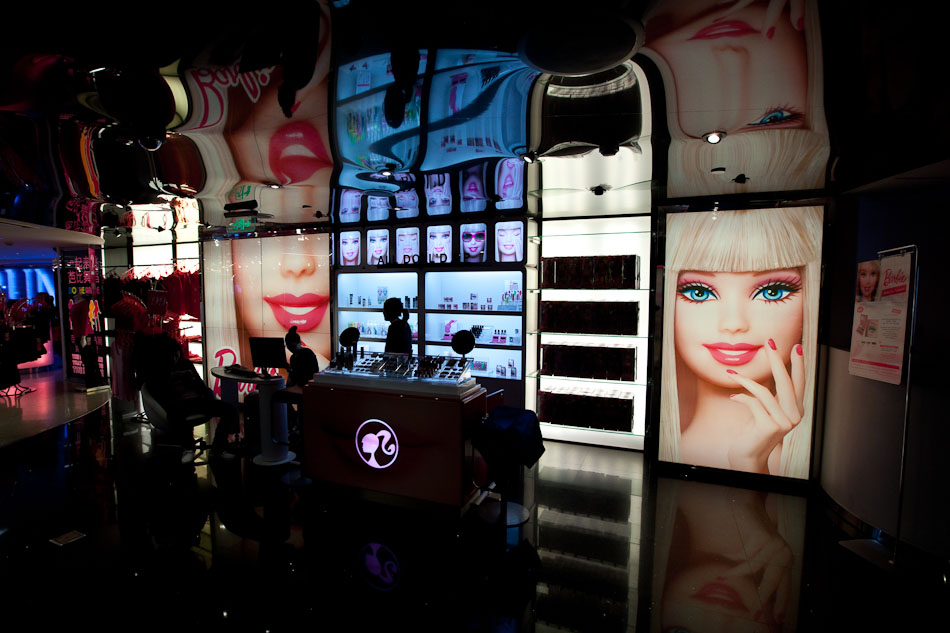
Oct 1, 2010 | Youth
This post must start with a disclaimer. I do not in any way believe in or support the acts performed in this video. I can only hope for greater understanding and congenial relations between China and Japan in the future. This act of flag burning was filmed purely for documentary reasons. The event occurred on the first night of the 2010 Zhenjiang MIDI Festival after a particular rousing performance by a death metal band. The kids are singing the Chinese national anthem while burning the Japanese flag. The first night of the festival also landed on October 1 which is China’s National Holiday. It goes without saying that tensions between China and Japan have peaked in the past week thanks to the standoff over sovereignty issues regarding the arrest of the captain of a Chinese fishing boat on disputed waters in the East China Sea by Japan’s coast guard. This friction and general hatred of the Japanese runs deep and dates back to the brutal and humiliating treatment suffered in China at the hands of the Japanese during World War II. Even though the Chinese captain in question has since been released, the incident ignited the embers amongst China’s increasingly nationalistic youth.
Aug 31, 2010 | Society, Youth
I recently put together a short video for the Activate! China program at the Dandelion School in Beijing. The Parsons The New School for Design and Dandelion School collaboration introduced Dandelion students to the basics of computer literacy and game design. The project led by Parsons faculty and MFA Design and Technology graduate students utilized Activate!, a game design curriculum designed by PETLab, a research group that investigates social issues through the use of games and interactive media.
The Dandelion School is the first and only registered Middle School in the Daxing District of Beijing serving children of poor migrant families. The school was founded in August 2005 by a passionate educator named Zheng Hong who, after obtaining a MA from Harvard University, came back to China on a mission to transform a dilapidated old factory into a viable school serving the underprivileged.
The project began with the creation of the “AMD and Parsons Technology Lab” at Dandelion. The computer lab is an advanced multimedia and technology hub for the students at Dandelion providing computer skill training and digital tools that are not commonly accessible to migrant communities. 30 brand new desktop computers were also donated by AMD Foundation for the lab. There are lots of opportunities to volunteer at the Dandelion School. Make sure to check out their website.












































